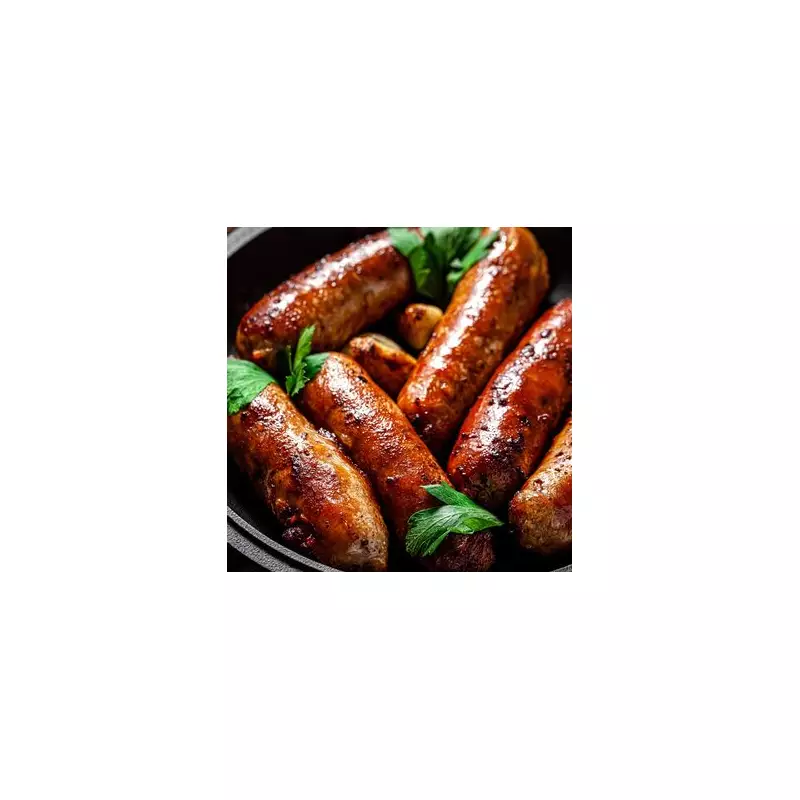
Home cooks across Britain have been making a fundamental mistake when preparing one of our most beloved comfort foods - and it's time to set the record straight. According to food science experts, adding oil to your pan when cooking sausages is not just unnecessary, but actually detrimental to achieving that perfect, crispy exterior we all crave.
The Science Behind the Sizzle
"Sausages already contain plenty of fat," explains food technologist Dr. Laura Simmons. "When you heat them in a dry pan, their natural fats begin to render out, creating their own cooking medium. Adding extra oil actually prevents proper browning and can make the sausages steam rather than sear."
This revelation turns conventional kitchen wisdom on its head. Most of us automatically reach for the oil bottle when cooking any meat, but sausages operate by different rules due to their unique composition and fat content.
Step-by-Step to Sausage Perfection
- Start with a cold, dry pan - Place your sausages in the pan before turning on the heat
- Use medium-low heat - Slow cooking allows the interior to cook through without burning the outside
- Turn regularly - Rotate every few minutes for even cooking and browning
- Don't prick them - Contrary to old advice, pricking releases valuable juices and fat
- Watch for natural fat release - The sausages will create their own cooking liquid
Why This Method Works Better
The dry-pan approach delivers multiple benefits that oil cooking cannot match:
- Superior browning - Without oil interference, the Maillard reaction occurs more effectively
- Crispier skin - Direct contact with the hot pan creates that desirable snap
- Better flavour retention - Natural juices stay locked inside the sausage
- Healthier outcome - No additional fats or calories from extra oil
Common Sausage Cooking Myths Debunked
Many traditional sausage cooking techniques actually work against achieving the perfect result. The belief that you need to prick sausages to prevent splitting is outdated - modern sausage casings and meat binding have improved significantly. Similarly, the high-heat approach often leads to burnt exteriors and raw interiors.
"The low-and-slow method might test your patience," admits professional chef Michael Donovan, "but the wait is worth it. You'll be rewarded with sausages that are cooked evenly throughout, with that beautiful caramelised exterior that makes the perfect banger."
Next time you're preparing this British classic, resist the urge to add oil and trust the sausage to do its job. Your taste buds - and your guests - will thank you for it.





